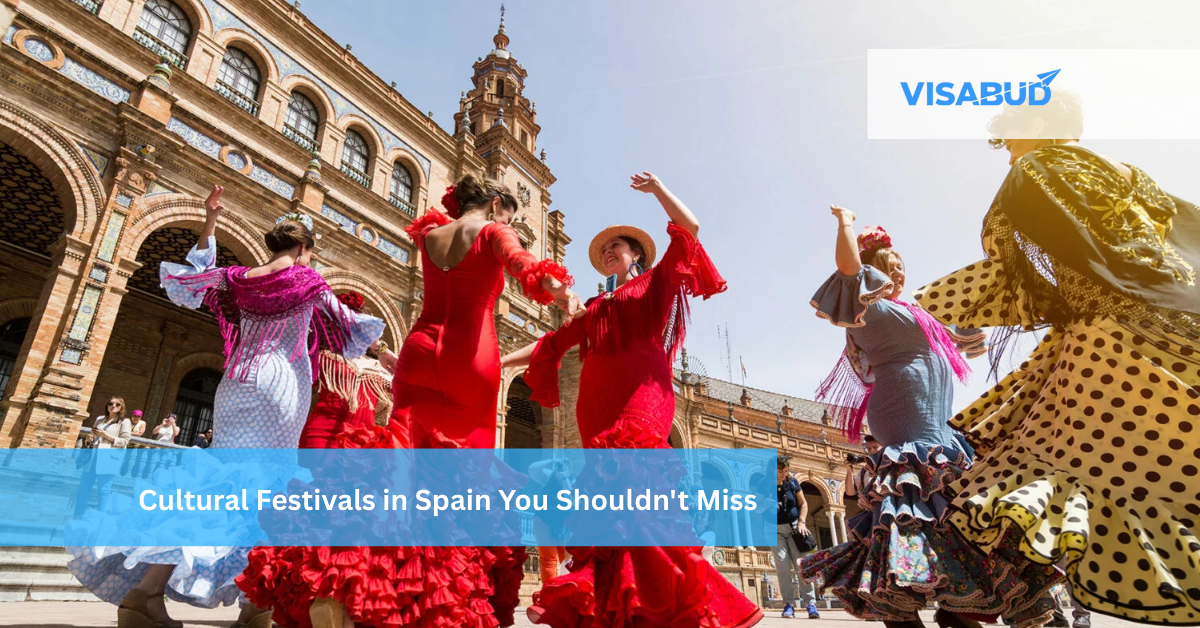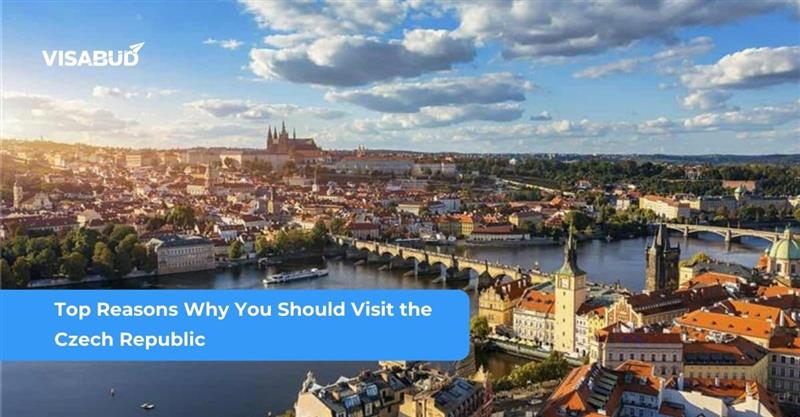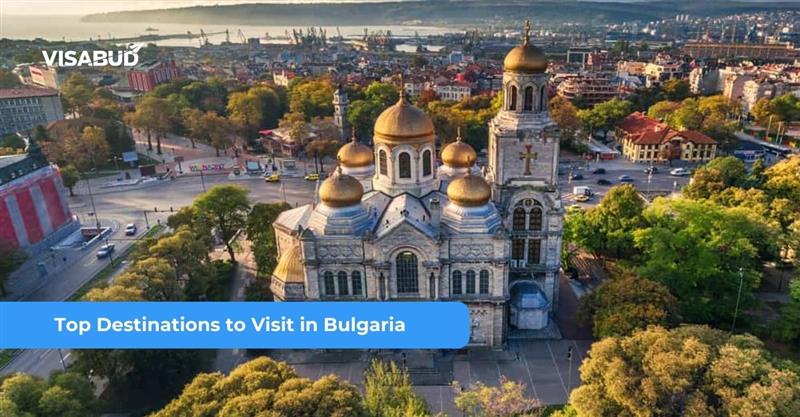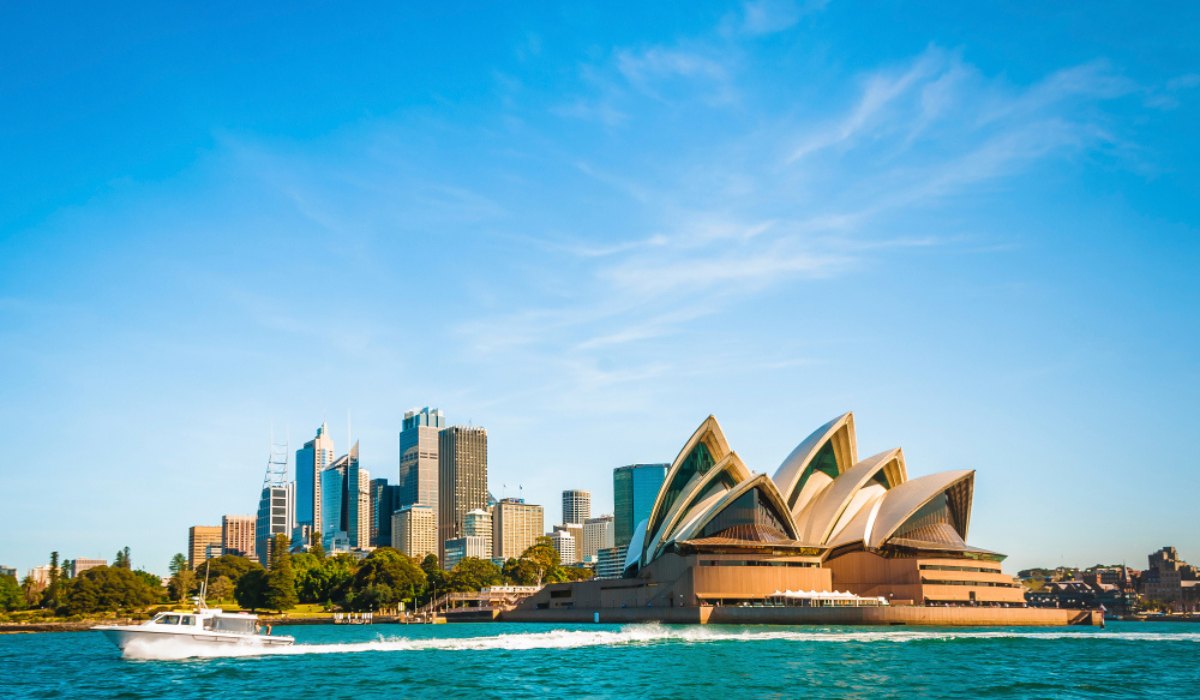Spain is a country renowned for its rich culture, vibrant history, and passionate traditions, which come to life in the form of its incredible festivals. From the fiery streets of Valencia to the solemn processions in Seville, Spanish festivals are a testament to the nation’s diverse regional identities, artistic expressions, and love for celebration. These cultural events not only provide a deep dive into Spain’s history but also offer an opportunity to experience the true essence of Spanish life: a fusion of fervor, music, dance, and the spirit of togetherness.
Every year, millions of people from around the globe flock to Spain to take part in, or witness, these unforgettable festivals. Whether you’re looking for heart-pounding excitement, such as the famous Running of the Bulls in Pamplona, or seeking the more serene and introspective beauty of Semana Santa (Holy Week), Spain offers something for every type of traveler. Each festival is a unique celebration of local customs, religious traditions, and historical significance, making them not only enjoyable but also educational experiences.
In Spain, festivals are more than just events; they are cultural expressions that unite communities, honor saints, and mark the changing seasons. The sheer variety of festivals means that every region in Spain has something to offer, and no two festivals are ever alike. Whether it’s the explosive fireworks and burning effigies at Las Fallas, the soulful rhythms of flamenco during Feria de Abril, or the joyful exuberance of Carnival in Tenerife, each event tells a distinct story about Spain’s culture and its people.
In this article, we will guide you through the top cultural festivals in Spain that you absolutely shouldn’t miss. These festivals will immerse you in Spain’s fascinating traditions and offer experiences you will never forget.
La Tomatina – The World’s Biggest Food Fight
La Tomatina is one of Spain’s most famous and exhilarating festivals, attracting visitors from all corners of the world. Held every August in the small town of Buñol, located near Valencia, this event is known for being the largest food fight on the planet. For one hour, thousands of participants gather in the streets and engage in a thrilling, and somewhat messy, tomato-throwing battle. The streets turn into a sea of squashed tomatoes and vibrant red pulp, creating an unforgettable experience.
The origins of La Tomatina can be traced back to the 1940s when a group of young locals began throwing tomatoes at each other during a town parade. What started as a spontaneous act of rebellion soon grew into an annual tradition. Over time, the festival expanded, and by the late 20th century, it had become a global phenomenon, attracting not only locals but also a huge influx of international tourists eager to partake in this uniquely messy event.
While La Tomatina can get chaotic, it is also known for its sense of community. An unspoken rule of mutual respect governs the food fight, ensuring that all participants enjoy the experience safely. Despite the madness, the event maintains a spirit of fun and camaraderie.
When planning to attend, it is important to note that La Tomatina takes place on the last Wednesday of August each year. Visitors are advised to wear old clothes that they don’t mind getting completely soaked in tomato juice. Protecting your eyes with goggles or swimwear is also highly recommended to avoid irritation from tomato splashes. If you’re looking for an exhilarating and unique cultural experience, La Tomatina is a must-visit festival.
Running of the Bulls (San Fermín) – Pamplona’s Thrill
One of Spain’s most iconic and exhilarating festivals, the Running of the Bulls in Pamplona is part of the larger San Fermín festival, held every year in early July. This heart-pounding event draws participants and spectators from around the globe, eager to witness or take part in the adrenaline-fueled race where brave runners race in front of a herd of bulls. The bulls, released from corrals, charge through the narrow streets of Pamplona toward the bullring, with runners attempting to outrun them.
While the Running of the Bulls is undoubtedly the festival’s main attraction, San Fermín offers much more. The city is abuzz with vibrant parades, lively music, colorful costumes, and dancing throughout the entire festival. The air is filled with excitement as locals and visitors unite to celebrate the patron saint of Pamplona, San Fermín, who the festival is named after.
The event is not without its dangers, and every year, there are risks involved in the bull run. Despite this, many thrill-seekers from across the world gather in Pamplona to test their courage and experience the rush of running alongside the bulls. It’s important to note that the event is not for the faint of heart, and only experienced runners should consider participating. However, for those who prefer to enjoy the festivities from a safer distance, there are plenty of ways to partake in the celebrations, from watching the run from designated viewing areas to joining in the parades and street parties.
When to visit: The festival runs annually from July 6th to July 14th.
Things to know:Always exercise caution watching from safe locations or participating in the parades can be equally enjoyable without the risks of running with the bulls.
Semana Santa (Holy Week) – Spain’s Largest Religious Festival
Semana Santa, or Holy Week, stands as one of Spain’s most significant and deeply spiritual celebrations. This grand religious festival, observed across the country, holds particular importance in cities like Seville, Malaga, and Granada, where it attracts millions of pilgrims and visitors each year. It commemorates the passion, death, and resurrection of Jesus Christ, taking place in the week leading up to Easter. The festival is marked by solemn and moving processions that captivate both locals and tourists with their profound religious and cultural significance.
During Semana Santa, religious brotherhoods known as cofradías take to the streets, parading beautifully adorned floats that carry statues of Christ and the Virgin Mary. These floats are often hand-crafted works of art, drenched in intricate details and symbolizing various biblical moments. The participants, dressed in traditional robes and pointed hoods (known as nazarenos), march in a slow, reverent manner through the streets, accompanied by the haunting melodies of religious music and the soft glow of candlelight. The processions can start at midnight and continue throughout the week, with some lasting for hours, creating an atmosphere of reverence and reflection.
While Semana Santa is deeply rooted in religious customs, it is also an essential cultural event in Spain, providing an opportunity to witness age-old traditions and the nation’s historical devotion. The emotional and spiritual experience of attending the processions, particularly in cities like Seville, offers a unique insight into Spanish life and its connection to faith.
When to visit: Semana Santa takes place during the week leading up to Easter, typically in March or April (dates vary each year).
Things to know: The processions attract large crowds, so it’s wise to plan ahead to secure the best viewing spots and ensure a smooth experience.
Fallas de Valencia – A Fiery Fiesta
Fallas de Valencia stands as one of Spain’s most exhilarating and visually striking festivals, celebrated annually in the vibrant city of Valencia. Held each March, this festival is renowned for its towering, intricately crafted sculptures, dazzling fireworks, and the dramatic burning of effigies. The statues, often made from wood, papier-mâché, and other materials, depict satirical or humorous scenes, frequently targeting current events, social issues, or famous public figures. These elaborate sculptures, known as Fallas, represent a culmination of months of meticulous work and artistic expression.
Throughout the festival, the various neighborhoods of Valencia compete to create their own Fallas, which are paraded through the streets in grand processions. The festival reaches its dramatic climax on La Nit de la Cremà, the Night of the Burning, when all the Fallas are set ablaze in massive bonfires. The sight of the towering statues engulfed in flames, coupled with the deafening sounds of fireworks and firecrackers, creates an atmosphere of both awe and exhilaration.
What truly makes Fallas remarkable is the immense craftsmanship behind the sculptures. The level of detail and creativity put into each figure is extraordinary, and they often carry a deep sense of satire or social commentary. For many, the night of the burning is not only a celebration of fire and art but also an emotional, symbolic farewell to the year’s work and a unique cultural experience.
When to visit: Fallas takes place from March 15th to March 19th every year, making it a springtime event you won’t want to miss.
Things to know: Be prepared for loud noises, as fireworks and firecrackers light up the sky throughout the festival. The atmosphere can be chaotic, with large crowds and bustling streets, so plan accordingly if you prefer quieter surroundings.
Feria de Abril – The Heartbeat of Seville
If you’re looking to immerse yourself in the vibrant soul of Andalusia, the Feria de Abril in Seville is an absolute must-see. Held every spring, typically two weeks after Easter, this week-long celebration brings together a heady mix of music, dance, flamenco, food, and joyous revelry, making it one of Spain’s most iconic festivals.
During the Feria de Abril, the streets of Seville are transformed into a dazzling spectacle of color and life. The fairgrounds are lined with hundreds of casetas—large, decorated tents where locals and visitors gather to drink, dance, and enjoy traditional Andalusian delicacies. From mouthwatering jamón ibérico and churros to refreshing drinks like rebujito (a local wine cocktail), the food and drink are as much a part of the experience as the music and dance.
At the heart of this celebration is flamenco, the passionate, rhythmic dance that defines Andalusian culture. Throughout the week, you’ll find both amateur and professional dancers showcasing their talents in a variety of settings, whether it’s a lively flamenco performance in a caseta or a spontaneous street performance. While the Feria de Abril is family-friendly, it’s also known for its vibrant nightlife, with locals and tourists alike hitting the casetas to dance into the night.
When visiting the Feria de Abril, be prepared for large crowds, as this is one of Seville’s most popular events. Expect plenty of walking as you explore the fairgrounds, and if you plan on joining in the flamenco dancing, comfortable shoes are a must! The festival typically takes place in April, two weeks after Easter, and offers an unforgettable glimpse into the heart and spirit of Andalusia.
Carnival of Santa Cruz de Tenerife – The Biggest Carnival Outside Rio
The Carnival of Santa Cruz de Tenerife, held annually in the Canary Islands, is one of the most renowned and extravagant carnivals in the world, drawing hundreds of thousands of visitors each year. Often compared to the famous Rio Carnival in Brazil, this event offers a mesmerizing display of parades, music, dance, and dazzling costumes that embody the spirit of celebration.
What sets this carnival apart is its unique blend of cultural influences, merging elements from Spain, Africa, and Latin America. This fusion creates an electrifying atmosphere, where vibrant colors, energetic rhythms, and diverse traditions come together in a feast for the senses. Central to the festivities are the Murgas, musical groups that entertain with lively performances and satirical songs, and the Comparsas, dance troupes that fill the streets with their rhythmic moves and vibrant outfits. The stunning costumes are one of the highlights, with participants spending months crafting elaborate designs that dazzle spectators.
The carnival’s festivities span several weeks, with the grand finale taking place just before Ash Wednesday. During this period, the city of Santa Cruz de Tenerife is transformed into a party hub, where the streets pulse with music, dance, and unbridled joy. It’s a time when people from all over the world come together to celebrate freedom, fun, and the vibrant cultural heritage of the Canary Islands.
When planning your visit, the carnival typically takes place in February or March, depending on when Easter falls. Since it attracts large crowds, it’s essential to book accommodations well in advance. Be prepared for long nights of dancing, laughter, and revelry — the Carnival of Santa Cruz de Tenerife is truly an experience that shouldn’t be missed!
Conclusion
From the exhilarating chaos of La Tomatina to the deeply emotional Semana Santa processions, Spain is home to an extraordinary array of cultural festivals that encapsulate the essence of the country. These festivals showcase a rich tapestry of history, music, dance, fire, and religious significance, offering visitors a chance to dive into Spain’s vibrant traditions and passionate spirit.
Whether you’re seeking the adrenaline rush of the Running of the Bulls in Pamplona, the dazzling parades of the Carnival of Santa Cruz de Tenerife, or the solemn beauty of the Feria de Abril in Seville, each festival provides a distinctive experience. The celebration of local customs and heritage through these events is unmatched, with each region presenting its own flair, music, and performances.
Spain’s festivals aren’t just about watching the festivities unfold — they invite you to be a part of the celebration. From joining the crowd in colorful costumes to savoring the local food and drink, these events foster a sense of unity and shared joy. No matter which festival you choose, you’ll create unforgettable memories, make new friends, and deepen your connection to Spanish culture.
So, pack your bags, mark your calendar, and prepare to immerse yourself in Spain’s lively and diverse cultural celebrations. These festivals are not only a feast for the senses but a journey into the heart and soul of Spain itself!
Excited to explore Spain’s vibrant festivals? Contact us!







